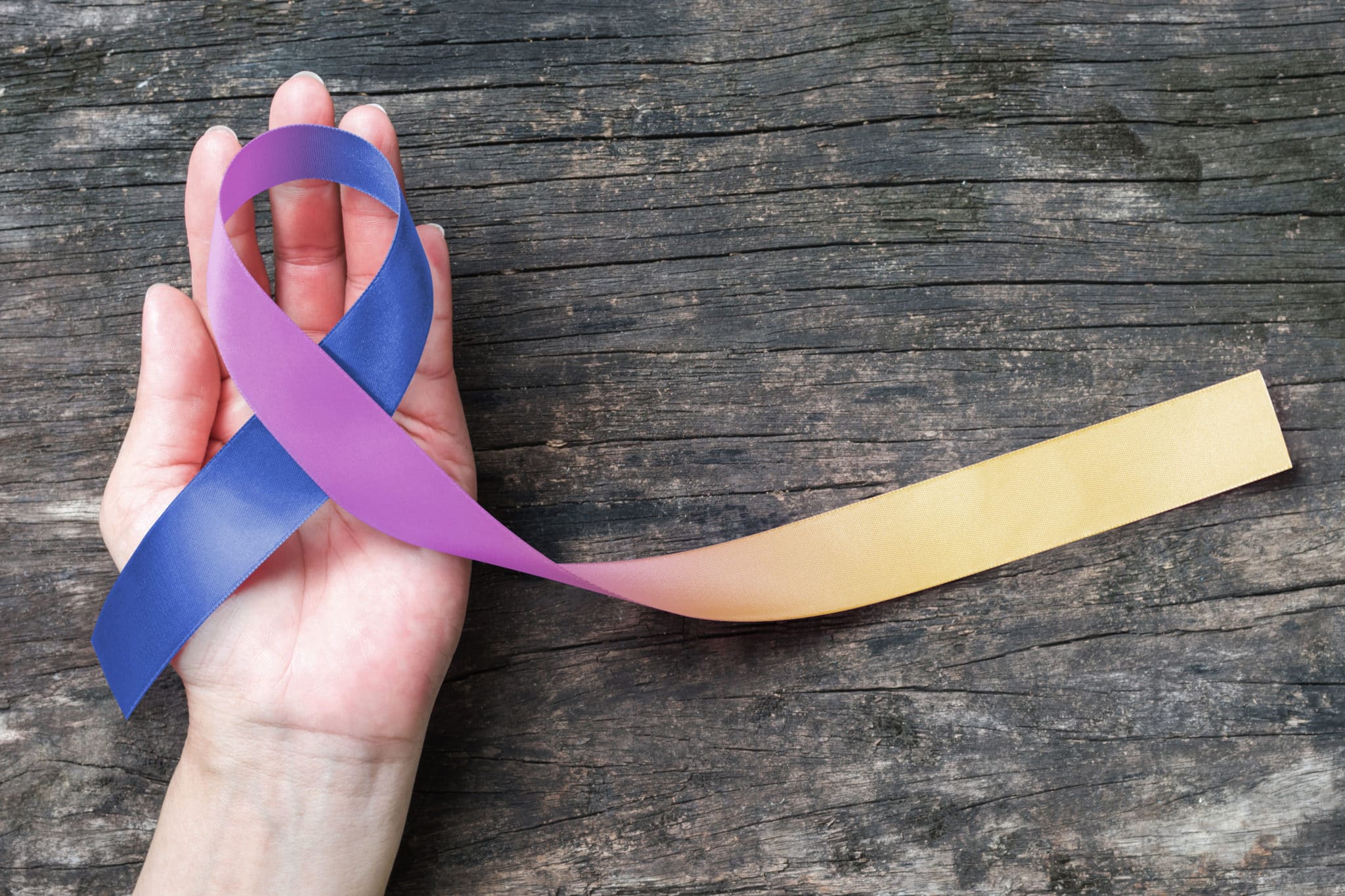
5 Tips for Identifying Early Signs of Cancer
Cancer is the leading cause of mortality worldwide, yet the American Institute for Cancer Research estimates that approximately one-third of all cases of the most common cancers in the U.S. could be prevented with a healthy lifestyle.
February is National Cancer Prevention Month, and experts agree that awareness is the first step to early cancer detection. Many types of cancer are much more treatable when caught in the early stages, improving patients’ chances of recovery. While not all early symptoms of cancer are known or obvious, many cancers have early-stage warning signs to look out for. Plus, there are several ways you can be more conscientious about monitoring your health for those early signs and, if necessary, improving your chance of catching cancer early.
Here are five tips for identifying early signs of cancer:
1. Schedule your routine check-ups
It’s such simple advice, but it has to be said when talking about cancer prevention, especially since American adults are visiting the doctor less frequently. It’s easy to put off your regular check-ups. Who wants to take time off from work or life to sit in a doctor’s office? But it’s not good to wait until problems advance before seeing an expert. It’s much more helpful to your doctor when he or she has your complete medical history, and your checkups give you the chance to discuss any recent changes in your body. These conversations may alert your doctor to monitor any further changes, improving your chances of catching anything worrisome early.
2. Get age-appropriate screenings and tests
There are a number of routine screenings and checkups you should get at certain ages in life, and those with hereditary cancers in the family should be screened earlier.
Some of these include annual dermatologist appointments, to keep an eye on freckles, moles, and irregularities of the skin. If you’re very fair-skinned or have a history of skin cancer in the family, you might need to go more frequently. Women should start annual mammograms as early as 40 (earlier if breast cancer runs in the family) and no later than 45. Men and women should start getting tests that find polyps and cancers starting at age 50 and every to 10 years after that. Women between the ages of 21 and 29 should have a Pap test done at least every three years, and women ages 30 to 65 should have a Pap test plus an HPV test every five years. (Studies have shown that even a single screening can reduce a woman’s risk of cervical cancer by one-third.)
These are just a few examples of preventative measures—if you follow tip number one, your doctor will keep you posted on screenings that are right for you.
3. Pay attention to any sudden or long-lasting changes in your body
Many early cancer symptoms are also symptoms of far less serious ailments, so it’s easy to write off something like a decrease in energy or a cough to other factors. Rather, it’s the sudden changes and persistent symptoms you should be cognizant of. Some of the things to look out for include sudden and unexpected weight loss, changes in bowel habits, abnormal bleeding or discharge, constant pain, a persistent cough, changes in skin, difficulty swallowing, and ongoing fatigue. You should let your doctor know right away if you experience any combination of these symptoms.
4. Be aware of your family history
Some people are born with a hereditary gene mutation, putting them at higher risk for certain cancers than most people. But not all cancers are hereditary—in fact, only about 10 percent of cancers are. People with an inherited gene change have about a 50 percent chance of passing the mutation on to their children, and not everyone who is born with a mutated gene will develop cancer.
So just because your family member had cancer does not mean your risk for it is automatically increased, but it is good to be aware of all the cancers in your family history (especially your immediate family) and which of them might increase your chance of getting the same kind. If anyone in your family has had a hereditary cancer, your doctor should know, as it’s something they’ll want to look out for and maybe screen for, if possible. If you experience ongoing symptoms associated with that cancer, make an appointment with your doctor right away.
5. Live a healthy lifestyle
An estimated one in three cancers in the U.S. are preventable through proper diet, regular activity, and maintaining a healthy weight. That’s about 374,000 cases that would never happen! Some no-brainers for cancer prevention are avoiding all forms of tobacco, protecting your skin from the sun, avoiding a sedentary lifestyle, eating plenty of fruits and vegetables (and avoiding processed foods), and limiting your alcohol intake to no more than two drinks a day for men and one drink a day for women. Decreasing your chance of getting cancer is just one of the many benefits of a healthy lifestyle.
There are a lot of resources online to help you understand what to look out for when it comes to cancer prevention, but the bottom line is your doctor is your most valuable resource. If you have any concerns or questions, you talk to your Scripps Affiliated Medical Groups doctor.

Join our Senior Wellness Society for the latest news on Medicare and tips for healthy living in San Diego!
Sign up now ›Are you looking for specialized medical care in San Diego?
Our directory has more than 850 doctors in San Diego County of various specialties who are available to help you.
Find a doctor